Cats can squeeze through incredibly small holes, but how do their bodies allow them to do this?
Cats have long been known for their flexibility and ability to seemingly “melt” through the tightest of gaps. So much so that a 2014 study half-jokingly questioned whether cats were liquid. While the question was meant to be humorous, cats’ incredible flexibility is more than just a superficial phenomenon. Scientists have discovered that the secret behind this ability lies in the cat’s unique anatomy.
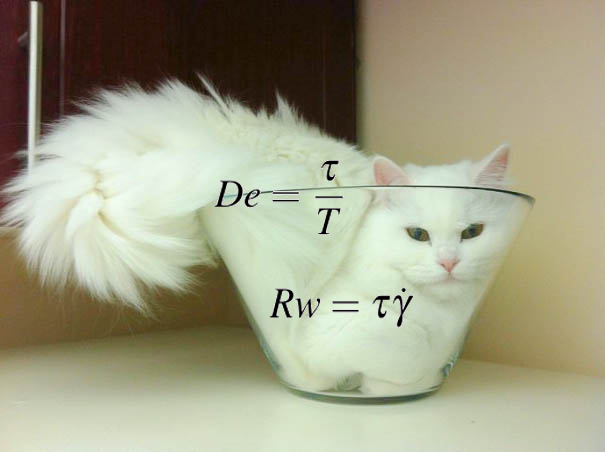
Have you ever seen a cat that can squeeze through incredibly small spaces, or transform to fit into small boxes? That's why people often compare cats to "living liquid".
Shoulder Anatomy: The Key to Flexibility
Cats’ ability to move through small spaces stems from their unique shoulder bone structure. In humans, the scapula (shoulder blade) and collarbone (collar bone) are joined together to form a rigid skeleton that provides strong support for the arm muscles. This limits humans’ flexibility when moving through tight spaces.
In contrast, cats' shoulder blades are attached to their bodies only by muscle bundles, not bone. The same is true of their collarbones. According to Nathalie Dowgray, head of the International Society of Feline Medicine in the United Kingdom, cats' collarbones are much smaller and less rigid than those of humans. This allows cats to squeeze through small openings that other animals cannot.
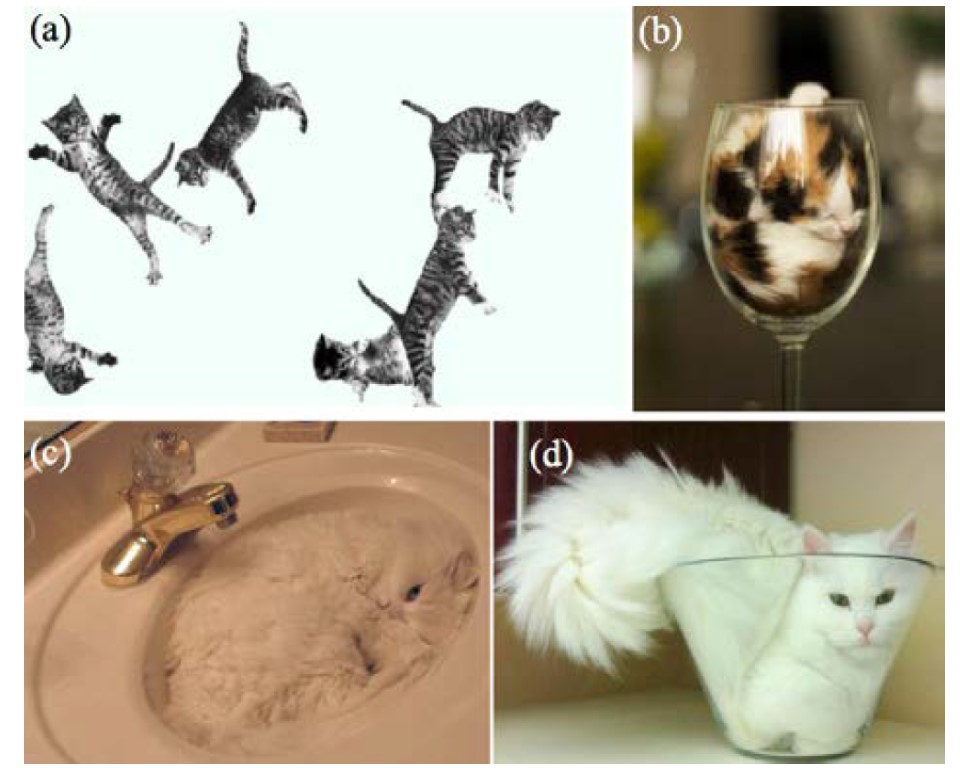
Cats have very flexible spines, allowing them to bend their bodies at many different angles. This allows them to change shape to fit through narrow gaps or fit into small boxes.
The evolutionary advantage of squeezing through small spaces
According to Dowgray, being able to squeeze through small openings gives cats a huge evolutionary advantage. When hunting small prey like mice, cats need to be able to maneuver through small spaces to reach their prey. Not only that, squeezing into small spaces also helps cats escape from potential predators, giving them a safe hiding place.
In addition to their unique anatomy, cats' whiskers also play an important role in helping them judge the size of spaces. Cats' whiskers, or "sensor whiskers," are more than just hairs. They are twice as thick as normal hair and lie three times deeper in the skin, forming a highly sensitive sensory system. Nerve endings at the base of the whiskers help cats gather precise information about their surroundings, including assessing whether a cat can squeeze through a narrow space.
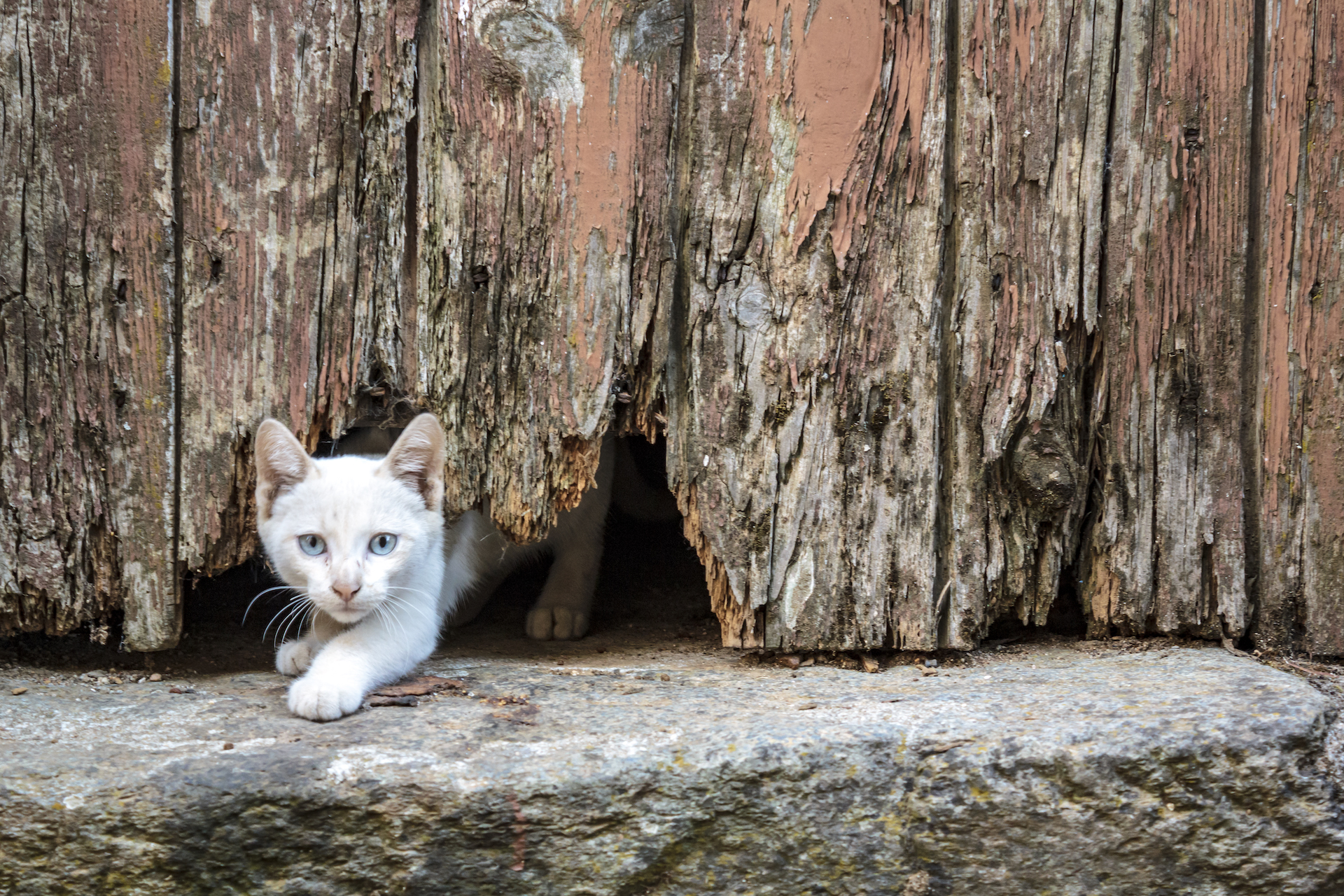
Cats' muscles are very flexible, allowing them to stretch and bend their bodies with ease.
Cat "looseness": Is it true?
The question of whether cats are “fluid” has intrigued scientists. Marc-Antoine Fardin, a physicist at Paris Diderot University, investigated the issue in a 2014 study that even won an Ig Nobel Prize—a prize for research that is both humorous and scientifically valuable. Fardin pointed out that cats can adapt their body shape to a small space, similar to the way liquids can change shape to fill a container.
A recent 2024 study also furthered the “fluidity” of cats, suggesting that they use their body size perception to navigate through small spaces. The study, published in the journal iScience , examined cats’ behavior as they approached increasingly narrow and short holes. The results showed that cats could navigate through openings smaller than their chest width, but they slowed down before entering the narrowest holes. This suggests that cats rely on their body size perception to make decisions when approaching small spaces.
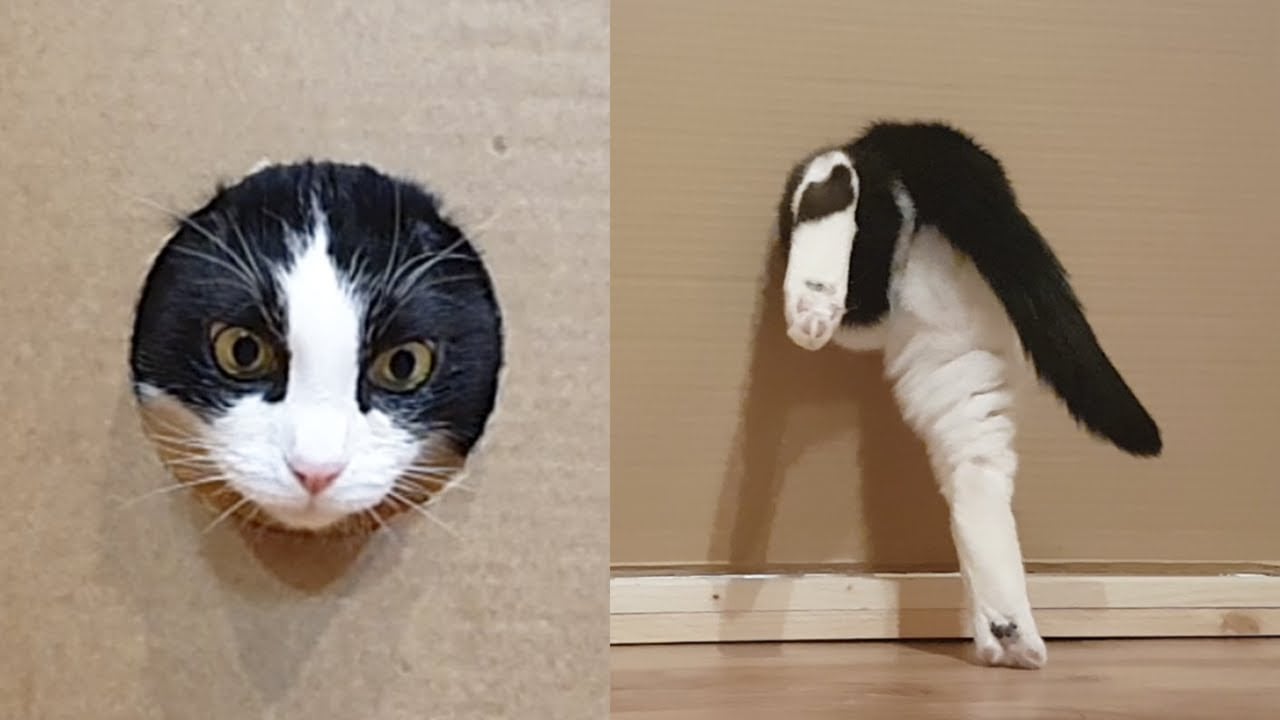
Why do cats like to get into narrow spaces?
Cats don’t just like to hunt or avoid predators, they also like to hide in small spaces when they feel stressed or need security. According to Dowgray, when stressed or scared, cats will choose hidden places like under the bed to hide, because these places give them a sense of security. Cats also like privacy and will seek out small spaces when they need some quiet time.
Cats seeking out private places to relax is a natural reflex and should not be disturbed when they are in this state unless there is a health concern. Cats often choose small spaces for privacy and to avoid outside noise.
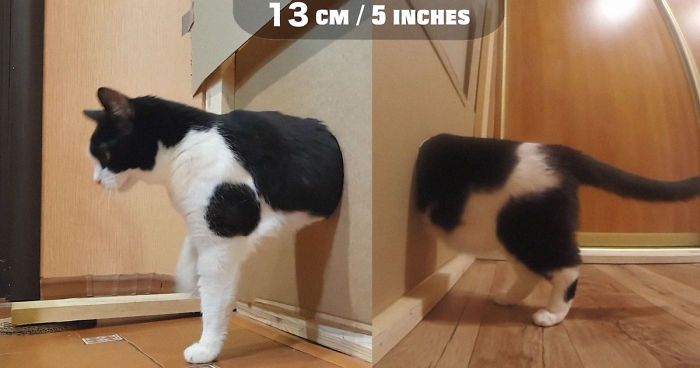
The term "living fluid" is not only a joke, but also a vivid description of the animal's unique ability to adapt its shape. This ability has helped cats survive and thrive successfully in the wild.
Cats' agility is a perfect combination of unique anatomy and keen senses. From flexible shoulder blades to sensitive whiskers, everything helps cats perform feats of movement through tight spaces, making them veritable "living fluids." This not only gives them an advantage when hunting, but also serves as a way to defend themselves against potential threats. The mystery of cat behavior continues to fascinate scientists, and we'll likely learn more about these animals in the future.
Source: https://giadinh.suckhoedoisong.vn/vi-sao-loai-meo-lai-duoc-vi-la-chat-long-song-172241011062550163.htm






























![[Photo] Signing of cooperation between ministries, branches and localities of Vietnam and Senegal](https://vphoto.vietnam.vn/thumb/1200x675/vietnam/resource/IMAGE/2025/7/24/6147c654b0ae4f2793188e982e272651)






































































Comment (0)